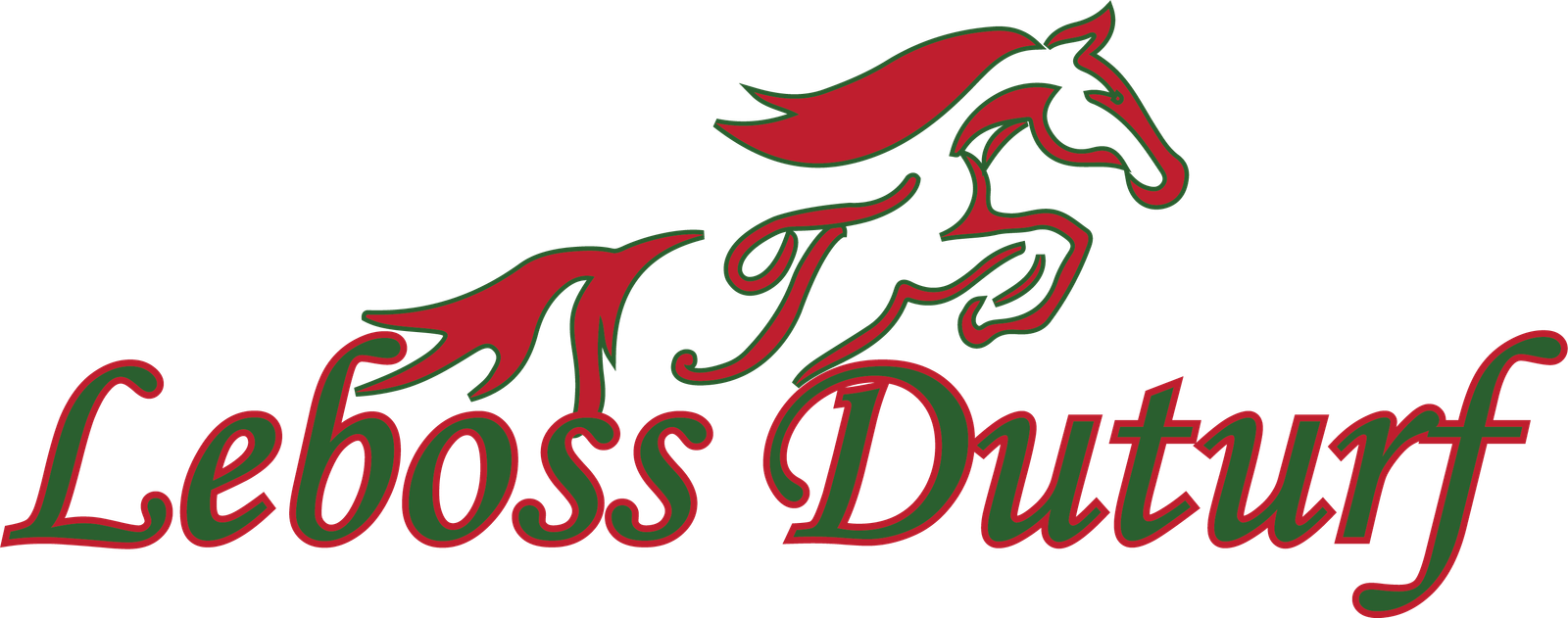Overview
Within the dynamic fields of sports and gardening, les leaders turf represents the pinnacle of turf care. This word represents leaders in the field as well as a dedication to innovation, sustainability, and quality in turf creation and upkeep. Comprehending the subtleties of turf care is crucial for anybody interested in creating lush green environments, be it a landscape architect or a sports enthusiast. This blog article will examine the many facets of turf management, including its use in athletic fields, sustainability, and new developments in technology.
What is Turf Management?
The science and art of developing and maintaining grass-covered regions are les leaders turf management. This is an essential activity for many industries, such as public parks, home lawns, golf courses, and sports. Good lawn care improves the environment’s health, safety, and visual appeal.
Turf’s Significance in Sports
Athletes’ safety and performance are greatly impacted by les leaders turf. Sports fields’ turf types can have an impact on spectator experience, player injury, and gameplay. Superior turf offers a level playing field that is reliable, promoting equitable competition and lowering the possibility of mishaps.
Types of Sports Turf Used
In sports, artificial turf and natural grass are the two main varieties of les leaders turf. Every variety has benefits and drawbacks. Natural grass has a softer surface and superior drainage.
Famous Sports Complexes with Top-Notch Turf
Some venues, such as famous golf courses and football stadiums, are distinguished by their superior turf management. Wembley Stadium in London and Augusta National Golf Club are two examples.
Important Figures in Turf Management
les leaders turf is a group of experts in turf management that includes turfgrass specialists, landscape architects, and agronomists. Together, these people make sure that grass areas are kept in the best possible condition.
The Science of Turf Scienced by Agronomists
Agronomists investigate the relationships between plants and soil to assist identify the ideal grass varieties for various conditions. Their knowledge is essential for creating sustainable lawn management techniques.
Landscape Architects: Creating Stunning Environments
When it comes to the aesthetic aspects of lawn maintenance, landscape architects are essential. They take into consideration the kinds of turf that would flourish in various conditions while designing outdoor areas that are both aesthetically pleasing and functional.
Eco-Friendly Turf Care Techniques
The importance of sustainable lawn management techniques has increased along with environmental concerns. These techniques seek to maintain healthy ecosystems while lessening the negative effects of lawn care on the environment.
Water Resources Management
In many areas, there is an urgent problem with water scarcity. Rainwater collection and effective irrigation systems can drastically cut down on the amount of water used for les leaders turf management.
Using Organic Fertilizers and Managing Pests
A more sustainable approach to les leaders turf can be achieved by reducing chemical runoff and improving soil health through the use of organic fertilizers and natural insect control techniques.
Developments in Turf Management Technology
Technology innovation has completely changed lawn management. les leaders turf managers may now optimize their techniques because to technological breakthroughs like smart irrigation systems and precision agriculture.
Drones and Helicopter Photography
Drones with cameras installed may evaluate the condition of the les leaders turf from above and pinpoint spots that need maintenance. More focused interventions and accurate management are made possible by this technology.
Sensors for Soil
Turf managers may make educated judgments regarding irrigation and fertilization by using real-time data from soil sensors, which assess temperature, moisture content, and nutrient levels.
Common Turf Management Difficulties
les leaders turf management still has a number of issues despite developments. It is essential to comprehend these problems in order to manage effectively.
Diseases and Pests
If neglected, illnesses and insects can completely destroy turf areas. To counter these dangers, comprehensive pest management tactics and routine monitoring are crucial.
Changes in Climate
Turf sustainability and health are affected by shifting climatic patterns. In order to deal with rising temperatures, changed precipitation patterns, and extreme weather occurrences, managers need to modify their procedures.
Turf Management’s Future
Turf management’s future depends on its capacity to innovate and adapt. The industry will have to change as new difficulties appear.
Advances in Biotechnology
les leaders turf variants that demand less water and more effectively withstand pests could be developed thanks to biotechnology. By doing this, the environmental impact of lawn management might be greatly decreased.
Participation of the Community
Increasing participation from the community in turf management can help to advance sustainability. Involving locals in upkeep and instructional initiatives can promote a feeling of duty and caring for green areas.
In summary
In this crucial sector, les leaders turf is at the forefront of turf management, promoting innovation, sustainability, and excellence. It’s critical to embrace sustainable techniques and technological breakthroughs while comprehending the particular requirements of each turf location as we continue to navigate the obstacles of turf upkeep. Whether in public areas, sports, or landscaping, well-managed turf makes the surroundings healthier and more appealing for everyone.
FAQ
What distinguishes synthetic turf from natural grass?
While synthetic les leaders turf is comprised of synthetic fibers and is intended to resemble grass without the need for mowing, watering, or fertilizing, natural grass is a live plant that needs constant care. Find out more information: 99math code
How do I take sustainable care of my lawn?
Consider techniques like employing organic fertilizers, effective irrigation techniques, and growing native grasses that need less water and maintenance to manage your lawn sustainably.
What part do agronomists play in maintaining turf?
Agronomists investigate how plants and soil interact. They can offer advice on the best kinds of les leaders turf for particular conditions and contribute to the creation of environmentally friendly turf management techniques.

